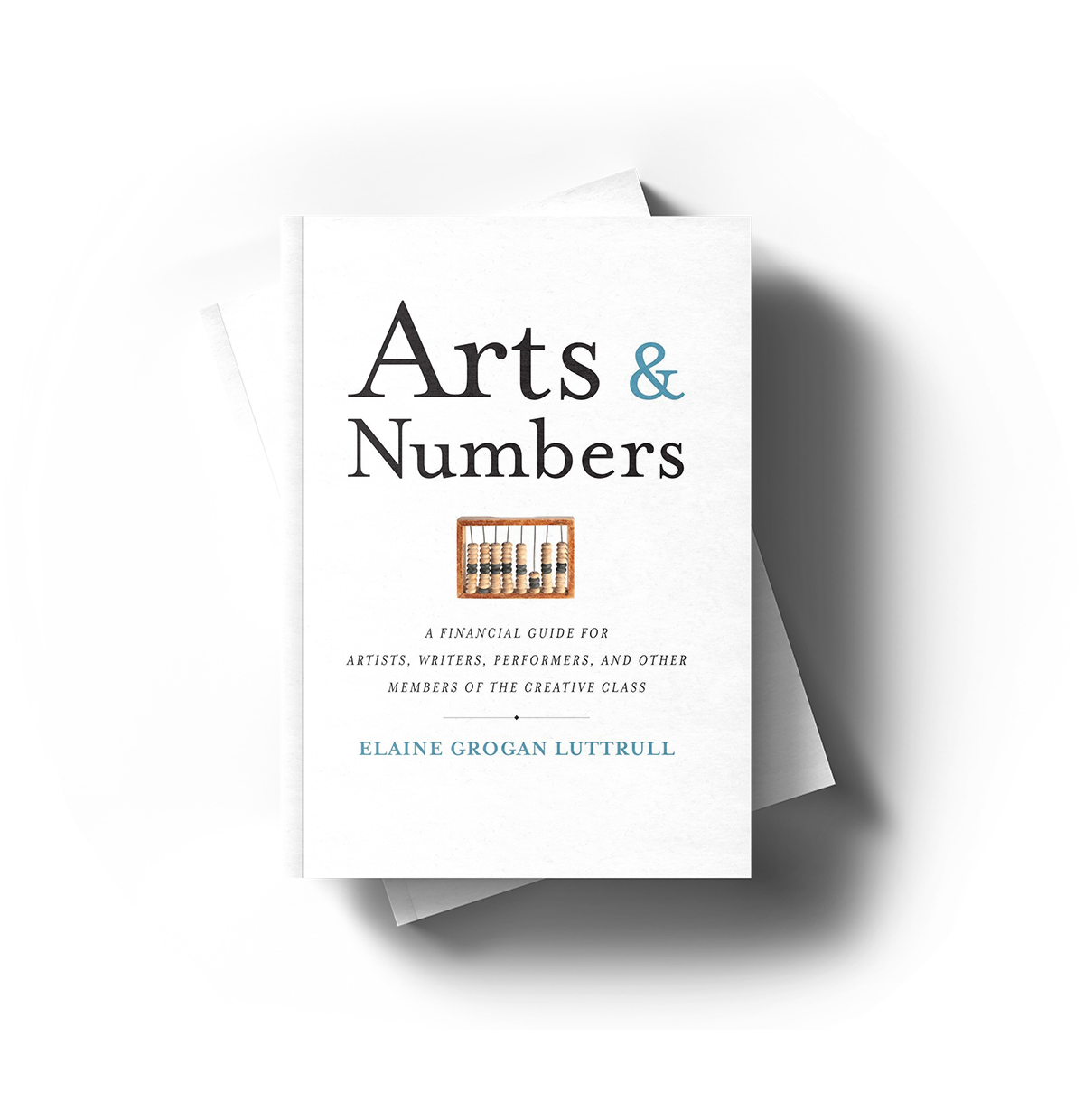October 1, 2020 • Newsletter
The Market Is Crazy, But You Don’t Have to Be
 Happy October! Fun fact: People think stocks really suffer during October. This phenomenon (while probably overstated statistically) is called the October Effect. And since it’s an election year, we can also probably count on at least one October surprise. (Please, please, please let there not be any more surprises.) All of which is to say that things are crazy. And if you are feeling unsettled from an investment perspective, you’re not alone. No one knows what is going on (although that doesn’t stop anyone from making predictions like these, these, or these.) But you know better than to chase crazy short-term strategies. You are a long-term, strategic, rational investor. And you are not crazy.
Happy October! Fun fact: People think stocks really suffer during October. This phenomenon (while probably overstated statistically) is called the October Effect. And since it’s an election year, we can also probably count on at least one October surprise. (Please, please, please let there not be any more surprises.) All of which is to say that things are crazy. And if you are feeling unsettled from an investment perspective, you’re not alone. No one knows what is going on (although that doesn’t stop anyone from making predictions like these, these, or these.) But you know better than to chase crazy short-term strategies. You are a long-term, strategic, rational investor. And you are not crazy.
- You have thought through your time horizon. Are you investing for retirement—and how far away is that? Are you investing for something in the shorter-term? How do your investments change based on your time horizon?
- You have thought through your ability to invest. How much do you have set aside for your short-term needs, so you never have to sell an investment if you aren’t ready to? Hint: It’s probably enough to cover at least six months’ worth of expenses.
- You have assessed your overall tolerance for risk. What happens in your brain when you watch the value of your investments plummet? Is that something you are comfortable managing rationally? Or would you prefer to take a more hands-off approach?
- If you haven’t done any of those things, this month is a good time to do them. And if it has been a while since you checked in with your investments, let’s do that this month too.
For some clients, taking a peek at their investments is as simple as logging into a website and poking around a bit. (And yes, sometimes finding that long-lost password is the hardest part.)
Here are some things to notice once you are in:
- What is the balance of your accounts? This is the total value at a moment in time. (Generally, the website will show you up-to-date information; if you are looking at a statement, it might show you the balance as of September 30.)
- How has the balance changed? You may also notice the balance over time, especially if you see a graph that has some crazy ups and downs in 2020. (That’s normal.) This is just giving you historical information about how your balance has moved. Your balance can move if you add more money to the account, or if the underlying value goes up or down. Sometimes the graphs will show another benchmark for you to use for comparison’s sake, like the Dow Jones Industrial Average or the S&P 500. This could be interesting, but if your portfolio is substantially different than either of these indices, this isn’t a great comparison.
- What am I actually invested in? Within each investment, you may be holding direct investments in companies, or you may be holding funds, which are groups of investments in companies. No matter what you hold, take a peek to see what you are invested in. (And if you find a fund, click on it until you see something like “Top 10 holdings” or something like that.) This will tell you what you are invested in – knowing, of course, that your investment may be a (relatively) small piece of the total, both for you and for the company.
And after you notice those things, here are some things to think about:
- What is my goal? Do you know what total amount you are aiming for in this account? “More” is fine… But a slightly more informed strategy or target is better. Then you can plan to get there by adding more money or by increasing the amount of earnings from investments (although these are never completely guaranteed).
- Are my investments balanced? This is probably part of a larger conversation but maintaining balanced and diversified investments in a variety of industries, in a variety of jurisdictions, and in a variety of vehicles is probably a good idea. As a general rule, if you find yourself feeling like you have too much invested in any industry, company, geography, or vehicle, it might be time to reassess.
- Is this what I want to be invested in? When you noticed the holdings of various funds you may have, you may have been disappointed. There may be investments in companies you’d rather avoid, and there may be investments in industries or geographies you’d rather avoid. That’s okay. But changing your investments is something to do rationally and intentionally. You may find it hard to avoid every company or country you may find unsavory. And you may also find that funds that seem great on the surface aren’t really so great once you start digging in. So start digging. Find some alternatives that align with your values and pay attention to them for a few months. Then, if they still seem like a good move, and if your overall portfolio will still be balanced, and reasonably priced, and aligned with your overall financial goals, then make the switch. (And run these ideas by someone if you’d like some feedback first.)
These ideas are really just the beginning… There are so many extra things you could consider, like stocks that pay dividends, the tax implications of various investments (including those with gains or losses), and how your goals change over time.
But October is a great time to take a peek and see how things are going. Maybe you’ll even save a copy of what you find so you can compare it with what you find next year? Then you’ll feel even less crazy as you continue to build your financial wellness.
What We’re Doing
It’s a busy month! This month we’re hanging out with illustrators and graphic artists at CXC, Pew Center fellows, students from the Cleveland Institute of Art, artists across Indiana for the Homecoming celebration, and Harlem-based artists defining “new normal” in ways that work for them. We’re also answering your pandemic (and non-pandemic) money-related questions in the monthly money chat and planning a killer 2020 Halloween costume.
What We’re Talking About
Many of our conversations lately have been focused on building awareness around spending. Do you know where your money goes? It’s amazing what a little analysis can do for your confidence in answering that question.
Creative Coaching (1 hour, $110)
Got a few questions? Not sure what you need? Feeling stuck financially? Book a Creative Coaching session with Elaine to jumpstart your financial wellness.
The Market Is Crazy, But You Don’t Have to Be
We hope this month leads you to harness the power of your time. Until next month, all the best with your financial empowerment.
![]()


